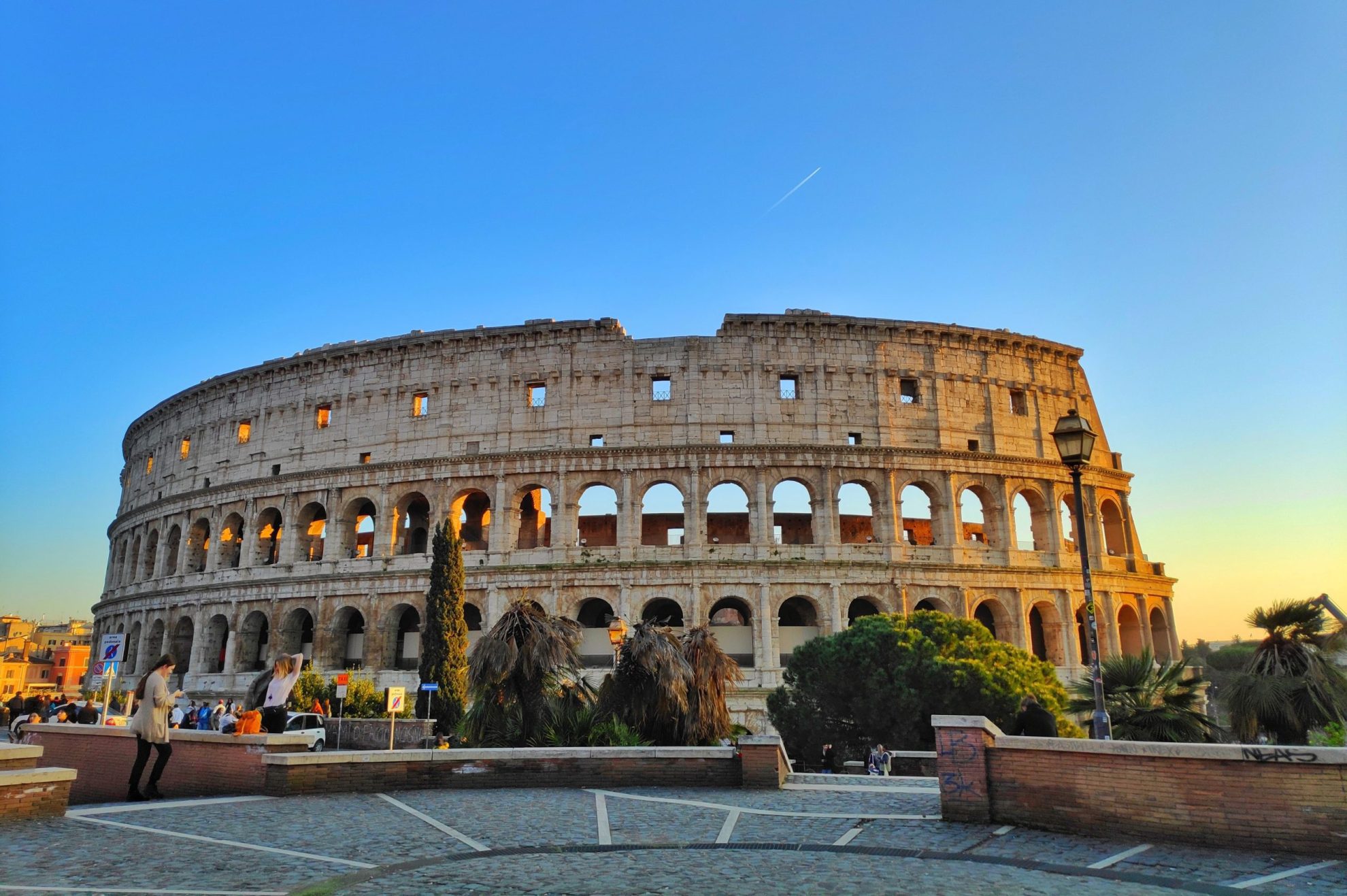Holiday destinations: Italy leads with 43,6 milions of tourists. A regional analysis

Rome is the most visited city in Italy and the fifth in Europe
In the mood for a Holiday? Read more from our latest research on the Italian Cultural Industry curated by Valerio Mancini, Director of the Research Center of the Rome Business School Giosuè Prezioso, Lecturer of the Master in Arts and Culture Management Alexandra Solea, Program Director of the Master in Arts and Culture Management and the Executive Master in Gestione dell’Arte e dei beni culturali.
Analyzing ISTAT data, in 2021 Italy’s historical and artistic cities welcomed 43.6 million tourist arrivals (of which nearly 60 percent were foreigners) increased by 15.3 percent in comparison with the result of 5 years ago and by nearly 4 percent over the previous year. Also in terms of arrivals, in comparison with other types of tourist resorts, cities remain the favorite product with a 35.4 percent share of the total even more than seaside resorts with 27.9 million arrivals and a share of 22.7 percent.
In terms of attendance, there were more than 110 million nights spent by Italian and foreign tourists in art cities, growing by 9% in respect to 2020. Foreigners, with a share of slightly less than 60 percent suffer a small loss compared to 2020 (-0.3 percent) while gaining 5.4 percent over 2020. Italians, on the other hand, increase by 1.2% over 2020. In this case, the market share of the city product is 26.2% of the total, ranking just below seaside resorts (32.1%). In terms of spending, cultural vacation cover about 40.0% of the total spending of foreigners in Italy (amounting to 39 billion euros in 2021), with the U.S., Germany and France at the first 3 places as countries of origin. Cultural holidays in 2020 were worth – in terms of international tourist spending – 13.9 billion euros while in 2021 it grows to 15.5 billion euros, an increase of +11.4 percent over the previous year.
Most and least visited Tourist Regions for Cultural Spending
The regions most affected by international cultural vacation spending are Lazio with about 5 billion euros, Veneto nearly 2.9 billion euros, Tuscany (2.7 billion euros), Lombardy (over 1.2 billion) and Campania (about 890 million euros). These 5 regions together account for 81.3 percent of total foreigners’ cultural vacation spending. The largest relative increases in attendance are in Sicily (+7.3% compared to 2020), Basilicata (+6.5%), Piedmont (+6.3%) and Emilia-Romagna (+6.0%). Conversely, the regions with the largest declines were Umbria (-8.4%), Marche (-8.0%) and Molise (-5.3%).
In fact, accommodation establishments recorded more than 420 million presences (+4.4% over 2020) and 123 million arrivals (+5.3%). The growth was higher than the European average. Attendances of customers residing in Italy were close to 210 million, and those of nonresidents rose to 210.7 million and for the first time exceeded those of residents (+3.2% and +5.6% over 2020, respectively). In 2021, it is estimated that vacation travel accounted for 88% of those made by Italian residents in domestic accommodation establishments (+5.6 percent over 2020). Only the remaining 12% is for business travel (-13.0%). 40.6 percent of presences are concentrated in 50 Italian municipalities (accounting for nearly one-third of the resident clientele and almost half of the non-resident clientele).
With nearly 27 million presences, Rome continues to be the leading tourist destination (with 6.4 percent of the total). The capital is also the leading Italian city in terms of international arrivals: with more than 9.5 million foreigners in 2021 it realizes +1.9% in a year of great recovery for the sector. Milan also grows +2.8 percent. At the regional level, the largest increases in resident clientele arrivals are seen in Sicily (+9.5%) and Basilicata (+6.8%), while for the foreign component they are recorded in Sardinia (+10.4%), Puglia and Calabria (both +9.3%) Umbria Marche and Molise, on the other hand, show the largest declines for both types of clientele. In 2021, the regions with the highest number of presences are confirmed as Veneto (16.5 percent of total presences in Italian accommodation establishments), Trentino-Alto Adige (11.9 percent, with the Autonomous Province of Bolzano at 7.7 percent and the Autonomous Province of Trento at 4.2 percent), Tuscany (10.9 percent), Emilia-Romagna (9.5 percent) and Lombardy (9.4 percent). These five regions account for 58.2 percent of Italy’s tourist arrivals, accounting for more than half (51.6 percent) of resident customers and nearly two-thirds (64.7 percent) of nonresident customers.
Domestic and International tourism in Italy
Some Italian territories are the destination of a prevalently foreign clientele, among them the Autonomous Province of Bolzano (68.3%), Veneto (68.1%), Lazio (62.2%) and Lombardy (60.9%). Some regions in the Center and South, on the other hand, have an almost exclusively national appeal: this is the case of Molise (90.3 percent of resident customers out of the regional total), Basilicata (89.5 percent), Abruzzo (86.0 percent), Marche (82.0 percent), Puglia (78.5 percent) and Calabria (77.5 percent).
According to Bank of Italy data, the main source countries are: United States, which spent €2.8 billion in Italy in 2021, Germany (€1.5 billion), France (about €1.5 billion), the United Kingdom (€1.2 billion) and Canada (nearly €930 million). In terms of per capita spending, a foreign traveler who chose our destinations for a cultural vacation in 2021 spent, on average, 128.7 euros per day. Therefore, the Belpaese country ranks fourth in Europe (ISTAT 2021) in terms of presences in accommodation establishments, with a share of 13.4 percent of the total EU28 countries.




